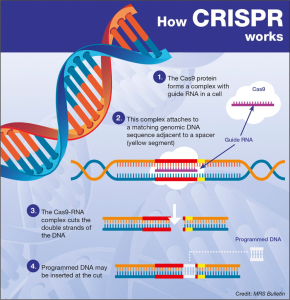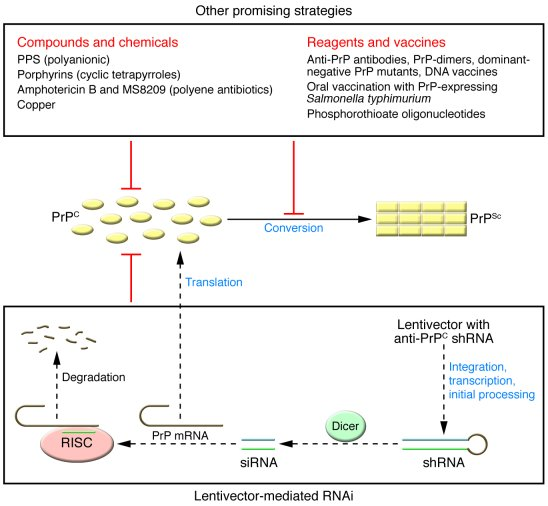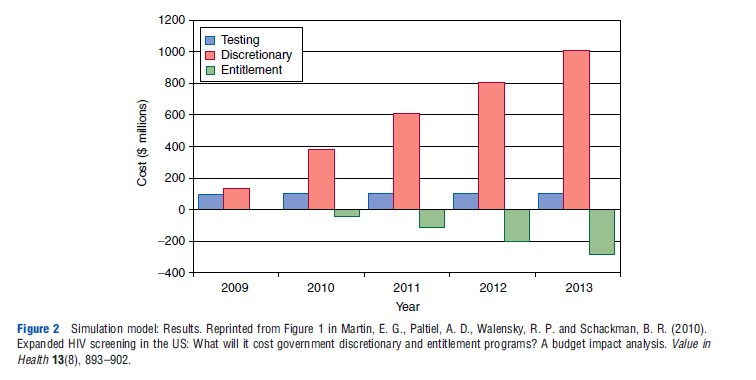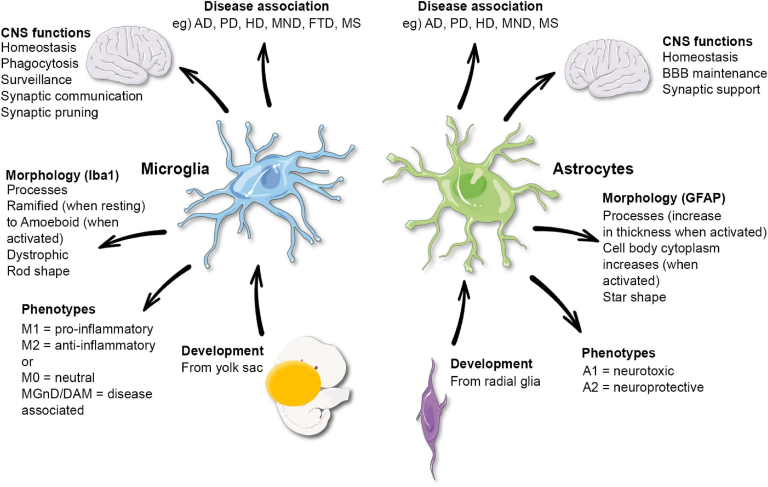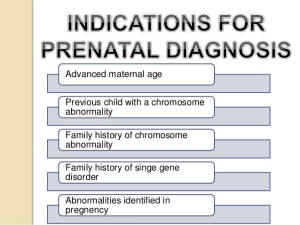Prion disease treatment is a rapidly evolving field that offers hope to those affected by these devastating conditions. These diseases, including fatal familial insomnia, arise from misfolded proteins in the brain and currently have no cure, leading to tragic outcomes for patients and their families. However, promising research emerging from the Broad Institute is paving the way for innovative therapies through gene-editing techniques. By targeting the genetic basis of prion diseases, researchers are embarking on a journey that could significantly alter the course of these fatal conditions. As clinical trials loom on the horizon, advancements in this area highlight not only the potential for treatment but also the personal stories driving this important scientific endeavor.
The quest for solutions to prion disorders, often characterized as neurodegenerative afflictions caused by abnormal protein configurations, is reaching a crucial juncture in medical research. These conditions, which include a variety of ailments such as Creutzfeldt-Jakob disease and fatal familial insomnia, have long stymied scientists due to their complex and fatal nature. However, groundbreaking methodologies such as gene-editing therapy are now surfacing as potential game-changers in the treatment landscape. With ongoing clinical trials evaluating these novel approaches, the prospects for effective interventions are becoming increasingly promising. As researchers delve deeper into the genetic underpinnings of these diseases, the hope for a viable treatment continues to grow.
Understanding Prion Diseases: A Complex Challenge
Prion diseases, a series of progressive neurodegenerative disorders, pose significant challenges due to their unique pathology involving misfolded proteins. These diseases include notorious conditions like Creutzfeldt-Jakob disease, Gerstmann-Sträussler-Scheinker disease, and fatal familial insomnia. Unlike traditional infections, the infectious agent is a misfolded version of a normal protein, which triggers a chain reaction, causing further proteins to misfold. This devastating cascade results in irreversible brain damage, leading to severe cognitive and physical decline, exemplifying the complexity of treating prion diseases.
The prevalence of prion diseases, though rare, highlights the pressing need for effective treatments. Approximately 15 percent of cases are hereditary, linked to mutations in the prion protein gene, while the remaining 85 percent occur sporadically. Each case brings unique challenges for researchers and clinicians, not only because of the varied genetic backgrounds but also due to the aggressive nature of the diseases. Advances in gene-editing therapy may pave the way for breakthroughs, yet the intricate nature of prion diseases demands continued research and funding to unlock potential solutions.
Promising Gene-Editing Therapy for Prion Diseases
Recent advancements in gene-editing therapy have generated significant hope for the treatment of prion diseases. A groundbreaking study published in Nature Medicine illustrated that adjusting a single base in the responsible gene can substantially reduce prion protein levels in the brains of laboratory mice by as much as 50%. Furthermore, this manipulation resulted in a remarkable lifespan extension of 52%, showcasing the potential of gene-editing technology as a transformative approach in the fight against these fatal disorders.
The research from the Broad Institute led by David Liu signals a pivotal moment in the search for effective treatments for prion diseases. Given that many existing therapies have failed to address these complex conditions, this promising research represents a beacon of hope. Nevertheless, Liu and his team caution that achieving human trials entails navigating numerous regulatory and scientific hurdles. Each milestone achieved brings researchers one step closer to developing viable prion disease treatments that were once thought to be unattainable.
Personal Motivation Behind Prion Disease Research
The journey of Sonia Vallabh and Eric Minikel underscores the profound personal motivations often embedded within scientific research. Vallabh, a sufferer of fatal familial insomnia, lost her mother to the same enigmatic disease, propelling both her and her husband into the realm of neurology and prion disease research. Their personal connection to the debilitating effects of these disorders ignites a passionate drive to find innovative solutions, emphasizing the essential role of patient-scientists in the medical research landscape.
Their story resonates deeply within the research community, offering a poignant reminder that the quest for scientific discovery is often fueled by personal experiences. The couple’s collaboration with experts like David Liu exemplifies how such emotional investments can lead to accelerated progress. Vallabh and Minikel’s dedication not only inspires those around them but also serves as a vital testament to the impact of human stories behind scientific endeavors—motivating researchers to strive for breakthroughs that could one day change countless lives.
The Role of Clinical Trials in Advancing Prion Disease Treatment
Clinical trials are a critical component in bridging the gap between groundbreaking research and actual therapeutic application, especially in the context of prion disease treatment. As researchers explore innovative therapies through gene-editing techniques, the transition to human trials remains an essential step toward clinical application. Each trial provides valuable insights, addressing safety, efficacy, and the potential for long-term benefits in patients suffering from these fatal conditions.
Engaging in clinical trials not only brings hope to patients but also fosters a collaborative environment where researchers can refine their approaches. With the potential for promising gene-editing interventions, ongoing research into prion diseases can harness the findings from these trials to enhance techniques and methodologies. The translational aspect of clinical research emphasizes that success is built upon cumulative knowledge, reinforcing the importance of rigorous scientific investigation in shaping the future of prion disease treatment.
Vector Engineering: The Key to Effective Gene Editing
Vector engineering represents a crucial area of research that enhances the delivery and efficacy of gene-editing therapies. In the recent studies exploring prion disease treatment, scientists utilized engineered adeno-associated viruses (AAVs) as vectors for delivering genetic material into target cells. This advancement holds significant implications for reducing prion protein production and could transform treatment approaches, marking a notable stride in the application of gene-editing technology to combat neurodegenerative disorders.
The collaborative efforts in vector engineering at esteemed institutions like the Broad Institute exemplify the interdisciplinary nature of modern scientific research. Specialists in vector design work alongside geneticists and neurologists to ensure that therapies are effective and safe. Ongoing refinement of these vectors will not only optimize the delivery of base-editing technologies but also minimize potential adverse effects, further paving the way for promising research translating into impactful therapies for prion diseases.
The Science of Misfolded Proteins: Understanding Prion Biology
At the heart of prion diseases lies the biology of misfolded proteins, a complex phenomenon that challenges conventional definitions of infectious agents. Unlike viruses or bacteria, the infectious nature of prions stems from their ability to induce misfolding in normally healthy proteins, leading to a domino effect of neuronal damage. Understanding this intricate biological process is paramount for researchers focused on developing effective treatments for these degenerative disorders.
The study of prion biology not only provides insights into the mechanisms underlying these diseases but also opens avenues for innovative therapeutic strategies. By exploring the fundamental processes of protein folding and misfolding, scientists can identify critical intervention points. The ongoing research into prion diseases continues to shed light on potential pathways for therapeutic development, emphasizing the importance of a thorough understanding of prion biology to effectively target these devastating conditions.
Future Perspectives on Prion Disease Treatment
As the field of prion disease research evolves, the future holds promise for innovative treatment options. With the groundwork laid by pioneering studies and collaborations among leading scientists, there is renewed optimism that effective therapies may soon emerge. The application of gene-editing technologies, particularly using base editing and vector engineering, may revolutionize how prion diseases are understood and treated, ultimately seeking to mitigate the devastating effects of these conditions.
However, the journey toward successful prion disease treatments is fraught with challenges, including regulatory hurdles and the necessity for extensive clinical validation. Researchers must continue to navigate these complexities while maintaining a focus on patient-centered outcomes. By fostering collaborations and encouraging public interest and investment in prion disease research, the scientific community can work toward a future where treatment or even cures are possible for these currently untreatable conditions.
Collaboration in Research: The Key to Success
Collaboration is a cornerstone of scientific advancement, particularly in the quest to find effective treatments for complex conditions like prion diseases. The collaboration between Vallabh, Minikel, and Liu exemplifies how shared expertise and resources can drive meaningful research outcomes. By blending their unique backgrounds and insights, these researchers are better equipped to overcome the numerous challenges presented by prion diseases and work toward viable solutions.
Moreover, collaboration fosters a supportive environment that encourages innovation and the exchange of ideas. When researchers with diverse specializations come together, they can tackle difficult problems more holistically. This synergy is critical in fields like neurodegenerative research, where understanding multifaceted biological processes and developing innovative therapies require a collective effort. As the landscape of prion disease treatment evolves, continued collaboration will be instrumental in accelerating progress toward effective therapies.
Advances in Medical Research: Implications for Prion Disease
Advancements in medical research are continually reshaping our understanding of prion diseases, leading to exciting new possibilities in treatment approaches. Techniques such as CRISPR and gene-editing therapies have opened doors that were previously inaccessible, offering hope not only for prion diseases but also for numerous genetic disorders. As researchers delve deeper into the complexities of these diseases, it becomes increasingly clear that innovative methodologies can yield significant insights and breakthroughs.
However, the journey of translating research findings into clinical applications remains challenging. The implications of advances in medical research extend beyond the laboratory, influencing public policy, funding for scientific inquiry, and ultimately impacting patient lives. With a focus on collaboration and interdisciplinary approaches, the medical community can harness these advances to develop transformative therapies for prion diseases, ensuring that hope transforms into tangible, life-changing treatments for patients in the near future.
Frequently Asked Questions
What is prion disease treatment and how does gene-editing therapy fit into it?
Prion disease treatment refers to the methods and research focused on addressing prion diseases, which are rare and fatal disorders caused by misfolded proteins in the brain. Gene-editing therapy, notably through recent breakthroughs at the Broad Institute, shows promise by potentially correcting mutations that lead to abnormal prion protein production. This innovative therapy could slow disease progression and improve patient outcomes.
Are there any clinical trials underway for prion disease treatment?
Yes, there are promising clinical trials underway investigating gene-editing therapies for prion diseases. For instance, studies utilizing a base editing technology have been initiated, building on previous successes in other conditions. These trials aim to evaluate the safety and efficacy of targeted interventions for conditions such as fatal familial insomnia and Creutzfeldt-Jakob disease.
What is the significance of recent research in prion disease treatment?
Recent research published in Nature Medicine represents a significant milestone in prion disease treatment. By demonstrating a 50% reduction in prion protein levels in mice through gene-editing techniques, the study indicates the potential for developing effective therapies for humans affected by prion diseases, which include genetically inherited forms like fatal familial insomnia.
How might gene-editing therapy alter the future of prion diseases?
Gene-editing therapy might significantly alter the future of prion diseases by providing a targeted, genetic approach to reduce or eliminate the production of misfolded proteins. This could lead to delays in disease onset or progression, particularly for individuals with genetic predispositions to disorders such as fatal familial insomnia.
What challenges remain for developing prion disease treatment?
Despite the promising advances in gene-editing therapy, several challenges remain before widespread application in prion disease treatment can occur. These include refining delivery methods to human cells, ensuring safety and efficacy in clinical trials, and navigating the complex regulatory pathways required for new therapies.
| Key Point | Details |
|---|---|
| Research Development | Promising gene-editing therapy shown to reduce harmful protein levels in mouse models by 50%, extending lifespan by 52%. |
| Importance | Potential for treatment of prion diseases, which lead to fatal conditions such as Creutzfeldt-Jakob disease. |
| Personal Motivations | Researchers Sonia Vallabh and Eric Minikel are personally affected by prion disease, driving their dedication to finding a treatment. |
| Technical Approach | Utilizes a base editing technique to alter genetic code and prevent misfolded proteins from forming. |
| Future Steps | Further refinement needed before human trials can begin; includes improving delivery methods. |
Summary
Prion disease treatment is progressing toward promising new therapies thanks to groundbreaking research. Scientists have developed an innovative gene-editing technique that has shown positive results in mouse models, offering hope for those affected by these devastating disorders. The personal journeys of researchers, particularly Sonia Vallabh and Eric Minikel, add a compelling aspect to the quest for a treatment, driving their commitment and focus. With further refinement and testing planned, the future looks encouraging for prion disease treatment, potentially transforming prospects for affected individuals.
